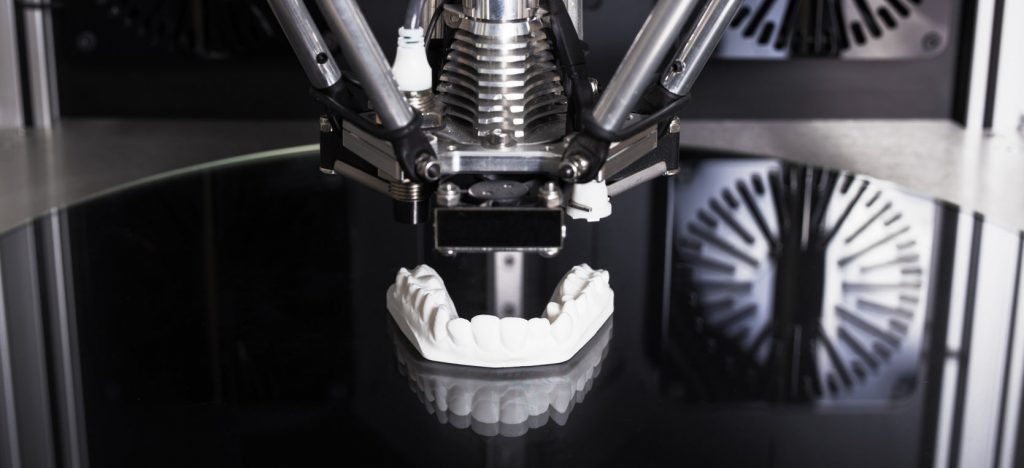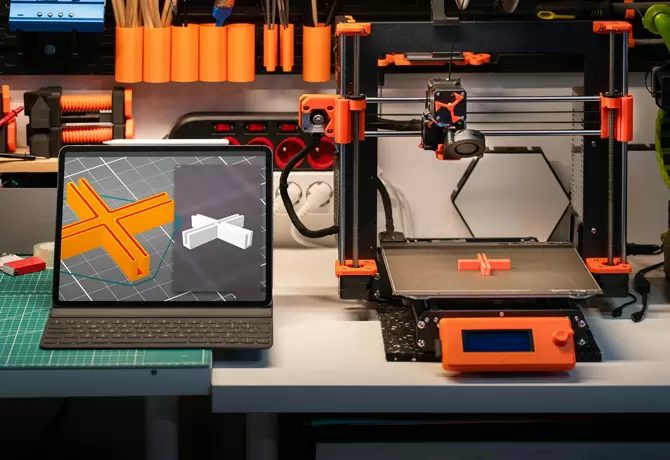
When it comes to 3D printing, choosing the right material is crucial for achieving optimal results. Two popular options in the world of additive manufacturing are PLA (Polylactic Acid) and TPU (Thermoplastic Polyurethane). Both materials have their unique properties and applications, making it essential to understand their differences and determine which one is better suited for your specific needs. In this article, we will delve into the characteristics, advantages, and use cases of PLA and TPU, helping you make an informed decision.
- PLA (Polylactic Acid):
PLA is a biodegradable and environmentally friendly thermoplastic derived from renewable resources such as cornstarch or sugarcane. It has gained popularity due to its ease of use, affordability, and wide availability. Here are some key features of PLA:
- Ease of Printing: PLA is known for its excellent printability, making it an ideal choice for beginners and hobbyists. It has low warping and minimal shrinkage, resulting in accurate and precise prints.
- Visual Appeal: PLA offers a glossy and smooth surface finish, making it suitable for aesthetic applications such as prototypes, figurines, and artistic models. It is available in a wide range of vibrant colors.
- Limited Mechanical Strength: While PLA exhibits decent strength, it is relatively brittle compared to other materials. It may not be suitable for applications that require high impact resistance or flexibility.
- Applications: PLA is commonly used for prototyping, educational purposes, decorative items, and low-stress functional parts.
- TPU (Thermoplastic Polyurethane):
TPU is a flexible and durable thermoplastic elastomer known for its excellent elasticity and resistance to abrasion. It offers unique properties that make it suitable for various applications. Let's explore its key characteristics:
- Flexibility and Elasticity: TPU is highly flexible and elastic, allowing it to withstand repeated bending and stretching without permanent deformation. This property makes it ideal for applications that require impact resistance and shock absorption.
- Chemical Resistance: TPU exhibits good resistance to oils, greases, and solvents, making it suitable for applications in industries such as automotive, footwear, and medical.
- Versatility: TPU can be printed with different levels of hardness, ranging from soft and rubber-like to rigid and tough. This versatility enables a wide range of applications, including seals, gaskets, phone cases, and wearable devices.
- Limitations: TPU can be more challenging to print compared to PLA due to its flexible nature. It may require specific printer settings and expertise to achieve optimal results.
- Choosing the Right Material:
Now that we have explored the characteristics of PLA and TPU, let's discuss how to choose the better material for your specific needs:
- Consider the Application: Evaluate the requirements of your project. If you need a visually appealing and rigid print, PLA might be the better choice. On the other hand, if flexibility, elasticity, and impact resistance are crucial, TPU would be more suitable.
- Printing Experience: If you are a beginner or have limited experience with 3D printing, PLA's ease of use and forgiving nature make it a good starting point. However, if you have advanced printing skills and are willing to experiment, TPU can offer unique possibilities.
- Cost and Availability: PLA is generally more affordable and widely available compared to TPU. Consider your budget and the availability of the material in your area.
Conclusion:
In the PLA vs. TPU debate, there is no definitive winner. The choice between these materials depends on your specific requirements, project goals, and printing expertise. PLA offers ease of use and visual appeal, while TPU provides flexibility and durability. By understanding their characteristics and applications, you can make an informed decision and achieve outstanding results in your 3D printing endeavors.




